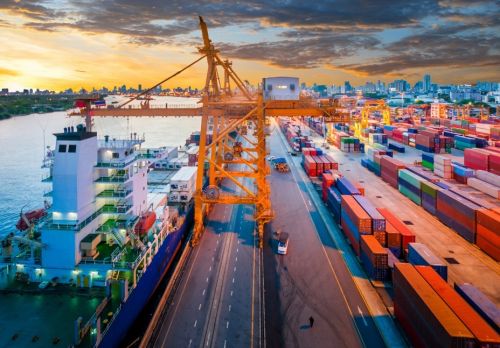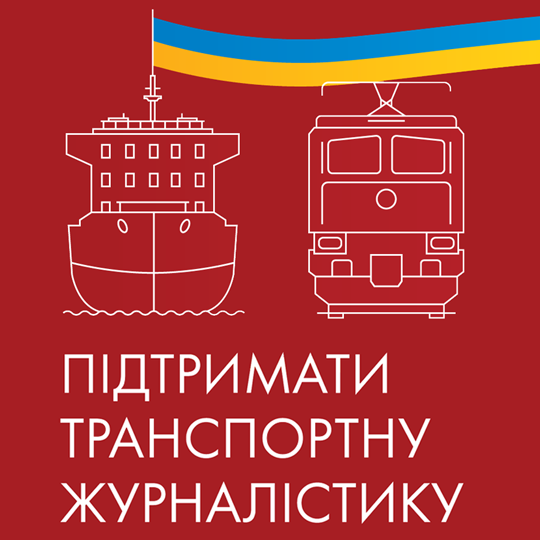The National Transport Model of Ukraine (NTMU), developed with the financial support of the European Union, has been updated to include the Trans-European Transport Networks (TEN-T) and Ukraine's inland waterways, according to Adnan Rahman, team leader of the EU-funded project "Assistance to the Ukrainian Authorities for Establishment of National Transport Model and Master Plan."
This was reported by the CFTS portal, citing the Interfax Ukraine news agency.
"The National Transport Model of Ukraine was completed last year (launched in 2018). However, work on its expansion and improvement continues. The NTMU has been expanded to include the Trans-European Transport Networks (TEN-T) and Ukraine's inland waterways, and it now contains the most up-to-date data," Rahman said.
The previous version of the model, developed before the war, did not include inland waterways.
"At this stage, we have added all of Ukraine's inland waterways to the model. We also included all the locks, which is very important because it is the locks that determine the capacity and routes for shipping. The model can now be used to analyze flows - primarily cargo flows - on these waterways. What is strategically missing, however, is information on transport costs," Rahman said.
He added that the developers have asked the Ministry of Development of Communities, Territories, and Infrastructure to request information on transportation costs from companies providing transportation services on the inland waterways.
"Information on transport costs, especially inland waterway transport, is essential. Without it, we cannot model how choices are made between different modes of transportation," he said.
The project team is currently working to prepare the ministry to adopt and use the NTMU because, according to Rahman, the ministry needs qualified and competent specialists to effectively maintain, update, and use the model.
A plan is currently being developed to create an analytical support unit within the ministry to work with the model. The options being considered include establishing this unit within the ministry itself or one of its subordinate organizations, such as a subordinate enterprise in the road transport sector or the Ukrainian Railways joint-stock company (JSC Ukrzaliznytsia).
"Such an organization must have the necessary resources to hire appropriate personnel to work with the model, and it should be interested in using it. We agreed, among other things, on closer cooperation between the ministry's staff and our project team. Therefore, our experts will support the Ministry's specialists in their work with the NTMU. The transition process will start soon, and we hope to complete it by 30 April 2025," Rahman said.
The project originally planned to develop a master plan after the transfer of the NTMU, but that phase has been abandoned.
"The master plan ... will not be developed because the priority now and in the coming decades will be the recovery and reconstruction of Ukraine, especially its transport sector. I think it is really important for officials, the ministry, and stakeholders to understand how this model can be used to support renewal and reconstruction," he said.
He added that the NTMU could help Ukraine establish a quality program of rehabilitation and reconstruction projects for transforming the transport sector and attract financing and investment for these projects.
The project "Assistance to the Ukrainian Authorities for Establishment of the National Transport Model and Master Plan" is being implemented with the financial support of the EU. The amount allocated is EUR 4,699,906. The project implementation period is from 2 July 2018 to 31 October 2024.
The development of the NTMU as a tool to support investment planning in Ukraine's transport sector began in 2018.





